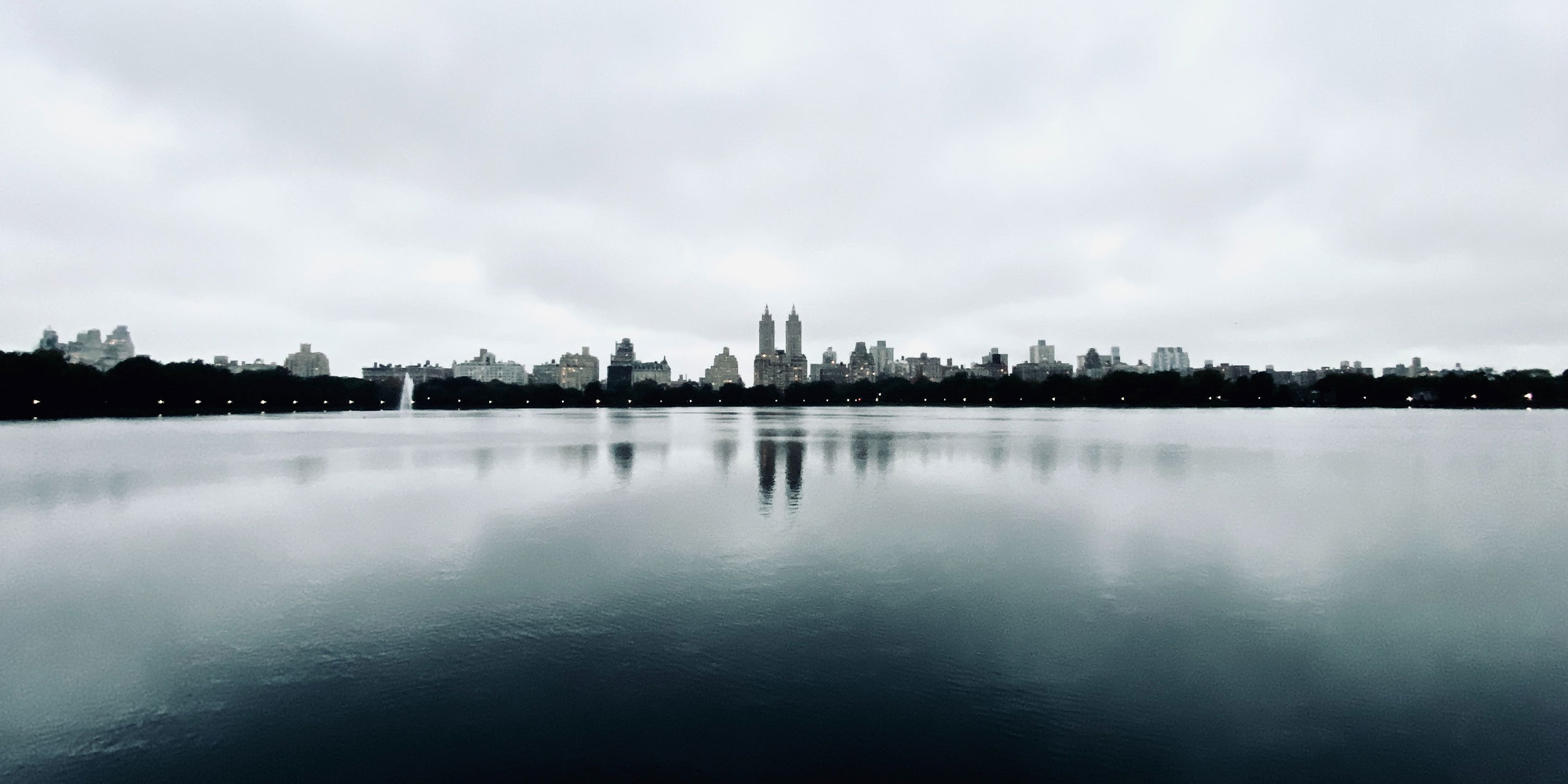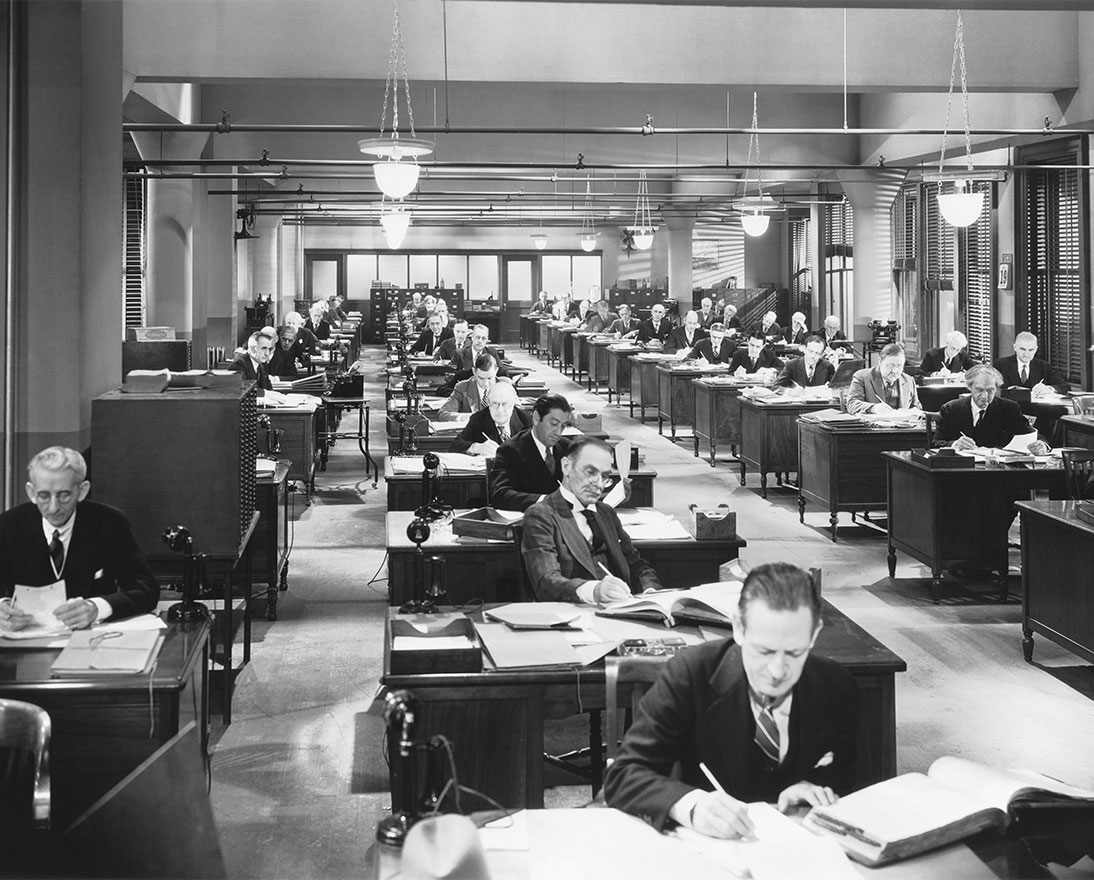Can a crisis transform and inspire our cities?
SustainabilityArticleSeptember 9, 2021
Crises have historically changed the way we build cities and Covid-19 is no exception. Sir Norman Foster, the architect behind some of the world’s most iconic buildings, lays out his vision for the buildings of the future.
COVID-19 will change the type of buildings in our cities, according to Sir Norman Foster.
The award-winning architect, known for some of the most famous buildings in the world, including the Reichstag in Berlin and London’s Wembley Stadium, said that the pandemic will increase demand for buildings with better ventilation and increased contact with nature.
That, in turn, will make outdated workplace buildings ideal for recycling as residential spaces. Recycling and reusing buildings is more environmentally friendly than building new ones, Sir Norman told Bloomberg TV’s Francine Lacqua in the latest episode of Leaders with Lacqua Goes Green, sponsored by Zurich Insurance Group (Zurich). With new facades and better ventilation these buildings could create more equitable cities, with a richer mix of property types and shorter commuting journeys.
From cholera to Covid
Sir Norman, the founder of Foster + Partners, says: “Cities re-emerge more strongly from crises [such as] pandemics, fires, and earthquakes.” He points out that epidemics, such as cholera outbreaks in the 19th Century, encouraged cities to adopt health measures including underground wastewater systems and more green space, such as New York’s Central Park.
While historic crises can drive broader development changes, individual buildings must also fit the needs of their environment and their occupants. Sir Norman gave the example of Bloomberg’s own London building, which his company designed. That building, which was awarded the Royal Institute of British Architects’ Stirling Prize in 2018, was designed to blend in with the many old buildings in its neighborhood, while also meeting the highest standards of sustainability.
Meanwhile, Sir Norman’s favorite of his own projects, the Berlin Reichstag, recycled an existing building to create a carbon-neutral, publicly accessible site that is the most visited parliament in the world.
Separately but in a similar spirit, Zurich’s newly redeveloped global headquarters emphasizes sustainability, generating some of its own electricity from rooftop solar panels and using water from the nearby Lake Zürich for its smart heating and cooling system. The Quai Zurich Campus blends old and new with a striking prism façade alongside the elegant, more than century-old original building. The Campus is further integrated into its community through features like the Quai Café, which is open to the public.
Sir Norman has been focusing on green buildings since he established his own architectural practice in the 1960s. He said a concern for the environment was in part driven by space missions that allowed the human race to see its own home for the first time. “At the time we were the outsiders,” he says. “The big difference between then and now is that there have been scientific studies to show that green buildings are actually good for your health.”
He highlights research that shows, for example, a patient in a room with a view will recover more quickly, while workers in green buildings are healthier and perform better, according to the Harvard School of Public Health.
Sir Norman argues that increased sustainability should be a priority for all kinds of buildings. His firm has been criticized for working on airport buildings around the world, including London Heathrow, Hong Kong International Airport, and the Queen Alia International Airport in Jordan. However, Sir Norman argues that making transportation buildings greener by reducing their carbon consumption is an important part of reducing the impact of the sector as a whole.
Asked about his dream project, Sir Norman says it would be a community that demonstrates how urban living can be compact, walkable, with plenty of greenery and high quality of life. Sir Norman adds: “Perhaps the biggest change in my outlook and, I believe, in the colleagues that I work with is that the infrastructure of cities is far more important than any one individual building.”



